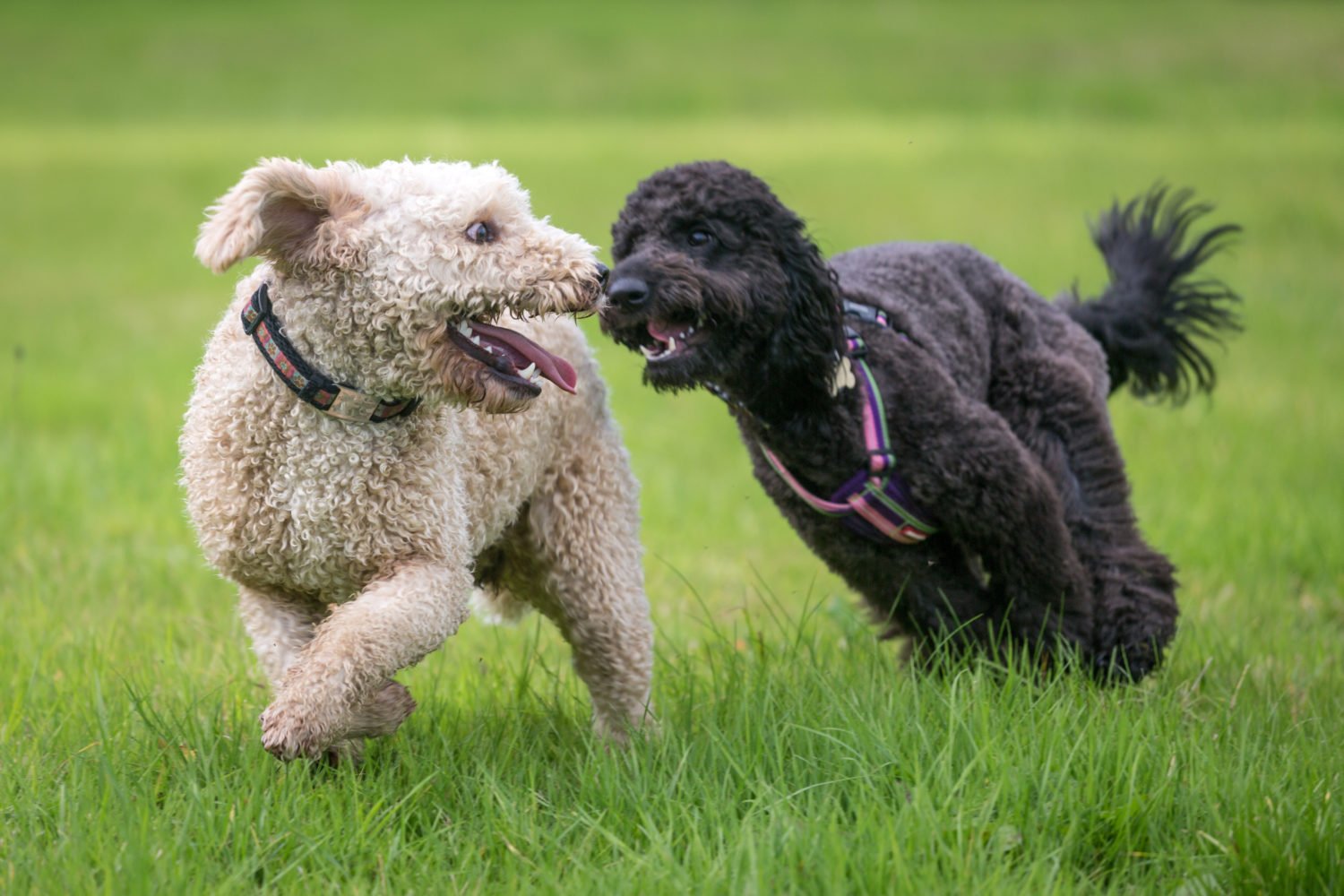
While taking your dog to the park may seem like a relatively simple venture, there are some safety tips pet owners should consider when visiting a Chicago dog park. Check out this top 10 list of safety tips for visiting a Chicago Dog Park, and ensure both you and your dog have an enjoyable experience.
10. Prep Your Dog
Preparing your dog for a visit to the dog park is more than just grabbing your leash and going. It’s important to understand your pet’s responses in how they interact with other dogs, and preparation can sometimes entail professional help in changing fearful or aggressive behavior prior to a park visit. Has your dog acted aggressive or defensive around other dogs on walks or at a neighbor’s house? If so, consider heading to the dog park early in the morning the first time you try it out with your pup. Dog parks are much less crowded around 6am-7am, and you can ease your dog into the concept of a social play area.
9. Research Parks
Don’t take for granted that all parks allow dogs. There are specific dog-friendly areas that are available to parks within the Chicago Park District, with each having its own personality and amenities.
8. Choose A Park That Suits Your Pet
Because there are numerous dog-friendly Chicago parks, it can be a little intimidating finding just the right park to suit your pet. Taking a bit of extra time in finding out which parks work better for smaller dogs or which parks offer the most amenities can help to make the most out of your park visit.
7. Follow Chicago Guidelines
All dogs over four months in age are required to obtain a city dog license, and dogs are required to have an additional $5 dog-friendly area tag when visiting a Chicago dog park. Not only should dog owners follow the guidelines for their dogs, but they should be aware of other dogs at the park to ensure there aren’t any strays that could prove harmful to you or your pet.
6. Animal Control Contact Information
Prior to your visit, store local police information and the Animal Care and Control number on your phone. In case an incident occurs at the park or if there is an unruly animal, having that information handy will pay dividends if a stressful situation comes about.
5. Slow Introduction
Oftentimes, dogs can congregate around the entrance at the dog park. When entering the dog park, introduce your dog slowly by the fence line or the entrance area. This will allow all the dogs to have a gradual introduction, and can allow the owner to watch the overall behavior to spot any aggression.
4. Be Aware
It can be tempting to socialize with the other pet owners and simply let the dogs play, but being aware of all the subtle nuances of dog behavior is paramount in keeping your dog safe. Keep alert to dog posturing, be aware of your own dog’s reactions to other animals, and supervise interactions with other dogs.
3. Anticipate A Fight
Whether you’re watching an interaction escalate or spotting an overly aggressive dog, as a dog owner visiting a park, you should be diligent in their role as protector. Rather than sitting back and hoping for the best, picking up your dog and removing them from the area is a good idea when you anticipate a fight.
2. Safely Break Up A Fight
Even with all the precautionary steps, there may come a time when your dog interacts negatively with another dog. An animal deterrent spray or small air horn is a way to break up a fight without having to get in between two fighting dogs. This can be especially important when big dogs are involved.
1. Factor In The Environment
Safety for your dog isn’t just about how well they can play with others when visiting a dog park. Take into consideration the environment of the dog park to ensure the health of your pooch during your visit. A dog-friendly sunscreen can protect short fur dogs in ultra sunny dog parks, a dog life jacket can protect against rough waters at a Chicago dog beach, and dog protection ointment or booties can protect their paws on hot pavement.






